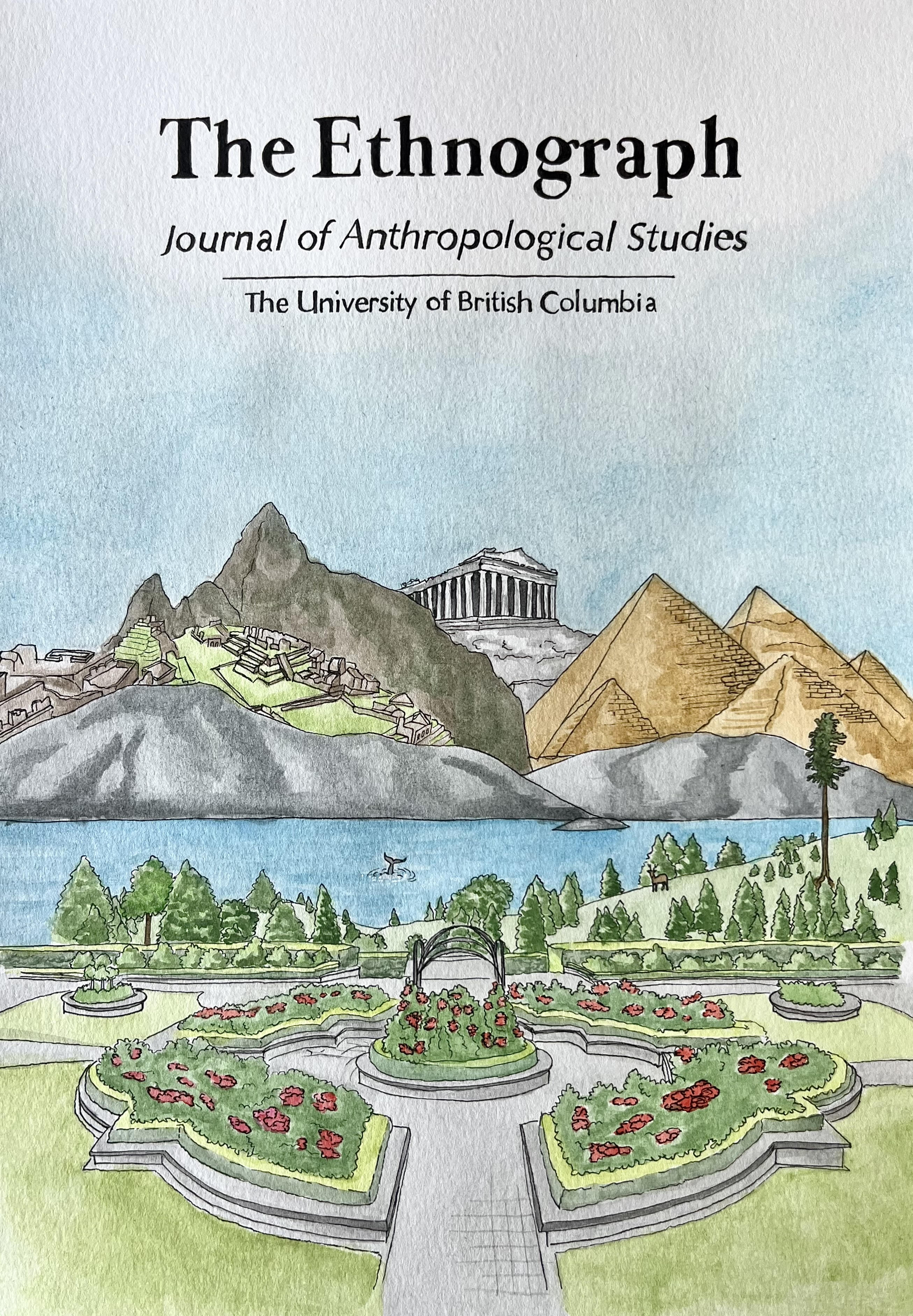The “Death Pits” of Ur: A Tale of Human Sacrifice?
DOI:
https://doi.org/10.14288/ejas.v7i1.198307Abstract
In this paper, I explore the social implications of the findings at the Royal Cemetery of Ur, Mesopotamia. The discovery of mass graves in the Royal Cemetery, although initially sensationalized and dramatized by media and academics alike, can provide valuable insights into the social order of ancient societies, and should not be dismissed or written off as senseless acts of violence. An analysis of the remains found in both the death pits and the royal graves shows that the activity markers on the bones of the individuals in the death pits, compared to those of the individuals in the separate, royal tombs, indicate that these mass graves contained physical labourers as opposed to wealthy rulers. These findings are indicative of the class differences present in Mesopotamian society and provide an insight into how such class differences manifested in burial practices. Ultimately, sensationalizing these kinds of archaeological finds distorts our perceptions of ancient civilizations and limits the knowledge that academia, and the public can gain from studying these sites in a thoughtful and analytical way.

